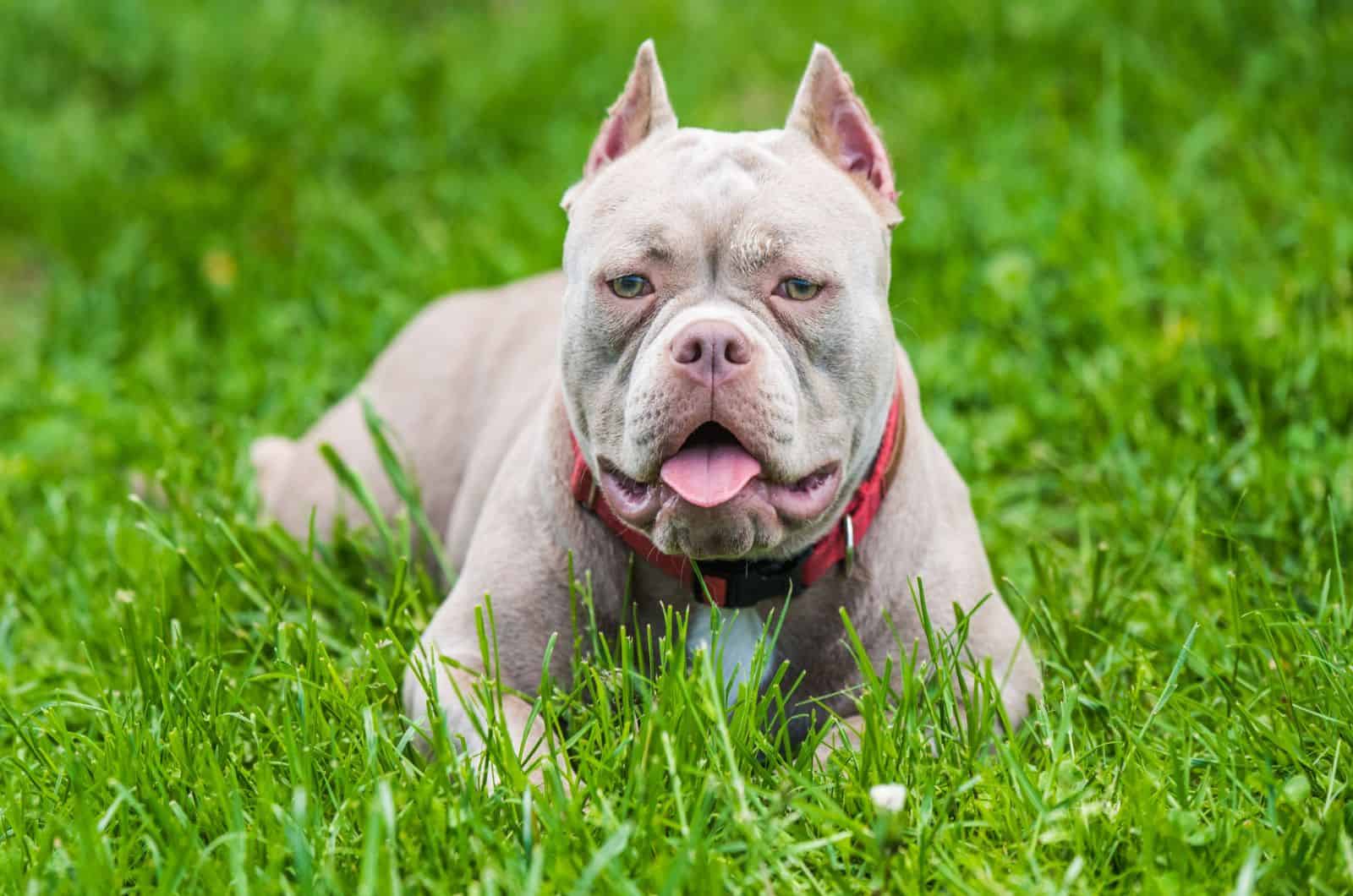
Fleas may be tiny, but once they invade your home, they can become a major problem. These wingless insects feed on the blood of their hosts, causing irritating itching for both you and your dog.
The mere thought of fleas hitchhiking indoors on your dog can make your skin crawl. However, these pesky parasites can do more than just make you itch. Fleas carry dangerous diseases that can be transmitted to various animals, including humans, and can lead to serious health issues for your beloved canine companion.
So, what’s the best way to handle fleas? Getting rid of fleas on your dog requires a multi-step approach, involving medication, bathing, and thorough vacuuming.
How to Identify Fleas on Dogs
If your dog has been incessantly scratching and biting at their skin, particularly around the backside and hind legs, there’s a chance that fleas are the culprits. The first step in addressing the issue is to confirm the presence of fleas and eliminate other potential reasons for your dog’s discomfort.
Spotting live fleas directly on your dog can be challenging due to their rapid movements. Instead, look for signs of fleas, such as “flea dirt” on the skin. Flea dirt appears as small black specks and is actually flea feces, which consists of digested blood. Finding flea dirt confirms that fleas have been using your dog as their food source, necessitating immediate action.
Use a flea comb to carefully search for black specks on your dog’s skin, especially around the rear end. If you discover flea dirt, it’s time to contact your vet and initiate flea medication for your furry friend.
Fast and Effective Flea Removal
Treating a full-blown flea infestation can be a time-consuming process, taking weeks or even months to completely resolve, depending on the severity. This is why preventive measures are crucial. Administering a monthly flea and tick preventative to your pet is much simpler than trying to eradicate fleas once they’ve infested your home.
However, if you’re faced with an active flea problem, there are effective ways to deal with it quickly. You’ll need a combination of products to efficiently treat your pet and your home.
Flea Comb

While medications can swiftly kill adult fleas, it’s essential to conduct daily flea checks using a fine-toothed metal flea comb to remove fleas at every stage of their life cycle. This isn’t just a regular brushing; the goal is to dislodge the parasites from your dog’s fur.
Bathe your dog in the bathtub, as this allows any flea eggs and dirt to be washed away instead of sticking to your carpet later on. After each combing stroke, dip the flea comb into soapy water to drown any fleas or eggs you’ve removed.
For severe infestations, continuous sessions with the flea comb are necessary to ensure all eggs are removed. Set an alarm on your phone to remind yourself of your dog’s daily flea check. Consult your vet to learn how to use a flea comb properly and the recommended frequency for flea checks once your dog is on a regular preventive schedule.
Medications
There are various flea medications available to combat the fleas infesting your pet. These medications come in different forms and may also provide protection against other parasites, such as ticks, heartworms, hookworms, and tapeworms. Your vet can help determine the most suitable medication based on your dog’s health, size, and extent of infestation.
Oral Flea Medications
Oral prescription flea prevention medications are considered highly effective by veterinarians. These chewable tablets work rapidly and efficiently, usually taking effect within 30 minutes to a few hours after administration. Monthly preventative products, such as Simparica®, NexGard®, Bravecto®, and Credelio®, also provide protection against ticks.
In urgent situations or if you’re caring for a stray and cannot access a prescription, Capstar® and Advantus® are oral flea medicines available over-the-counter. Keep in mind that these medications only kill adult fleas, and monthly flea prevention will still be necessary to control infestations. However, they can provide temporary relief.
Topical Flea Medications

Topical flea and tick preventatives can be effective, but they require more careful application and take longer to start killing fleas (between 12 to 48 hours). Apply these medications to the back of your dog’s neck to prevent them from ingesting the solution while it’s still wet. Allow the topical medication to fully dry before allowing your dog around other pets or small children.
While some topical treatments like Frontline Plus® are available without a prescription, prescription options like Revolution®, Advantage Multi®, and Bravecto® tend to be more potent.
Avoid “Natural” Flea Medications
It’s best to steer clear of flea treatments that claim to be natural or homeopathic. These products have not been proven to be effective against fleas and can even be harmful to dogs, exacerbating their itching and skin irritation. Opt for an FDA-approved flea medication to ensure your pet’s safety and protection.
While some flea medications, like Simparica, are derived from natural molecules found in dirt, it’s essential to consult your vet to ensure that any alternative options are suitable for your dog.
Dog Flea Shampoo and Sprays
In addition to medication, using flea shampoos and sprays can provide immediate relief for dogs with active flea problems. When bathing your dog, use a flea comb in the bath to remove any flea dirt or eggs from their coat.
Medicated flea shampoos contain active ingredients designed to kill the parasites instantly, but they may not offer lasting protection against re-infestation. To achieve both immediate relief and long-term prevention, you can combine a prescription-strength oral flea medication with a medicated shampoo or spray. However, it’s worth noting that a soothing oatmeal shampoo can also be effective and less drying on the skin than a flea-specific shampoo.
Treating Your Home for Fleas

To effectively rid your home of fleas, thorough cleaning is necessary. Vacuum your home at least every other day, paying close attention to areas where your dog spends time. You may also use room sprays, powders, and other products in conjunction with medication to eliminate fleas and flea eggs.
When treating your home, ensure that the products you use are pet-friendly. Look for options like Vet’s Best Indoor Flea & Tick Home Spray for Dogs, Vet’s Best Flea + Tick Home + Yard & Kennel Spray for Dogs, Advantage® Household Fogger, and Advantage® Carpet & Upholstery Spot Spray.
Getting rid of all flea dirt, fleas, and flea eggs from your house will require several days of cleaning. Vacuum all upholstered furniture, floors, carpets, rugs, and baseboards to remove eggs that may have fallen off your pets and lodged in crevices. After each vacuuming session, carefully empty the vacuum’s contents into a sealed bag and dispose of it far from your house in an outdoor trash bin.
Additionally, wash your pet’s bedding frequently with hot water and dry it on high heat or in direct sunlight.
Prevention of Fleas on Dogs
Although it’s possible to eliminate fleas once they’ve invaded your home, the best approach is prevention. Preventing flea infestations requires consistent effort and attention to prevent eggs from hatching and reinfesting your dog.